The next morning after my evening walk in Bath it was about time to explore the city more deeply. I remembered a little bit from my first time here a few years ago but there was still so much to discover!
It was a beautiful cold and crisp winter morning when I was making my way into the city, a UNESCO World Heritage site since 1987. Even before Jane Austen’s heroines discovered Bath and its spa it was a beloved place of relaxations by the Romans who built a huge spa complex to use the natural hot springs, which was on my to-do list for that day – but first breakfast!
Hay Hill
And on the way to breakfast, I did some detours, like this one via Hay Hill, where I discovered the first of many ghost signs in Bath.
Books & Coffee
Bath became the centre of fashionable life in England during the 18th century when its Old Orchard Street Theatre and architectural developments such as Lansdown Crescent, the Royal Crescent, The Circus, and Pulteney Bridge were built. (Wikipedia)
I walked by a lot of amazing looking bookshops and coffee houses but I already had special plans for my morning coffee.
Pulteney Bridge
Crossing the river Avon is Pulteney Bridge with little shops on both sides, named after Frances Pulteney the wife of William Pulteney who funded the project (and many others in Bath).
Crossing the Avon, the Palladian Pulteney Bridge is the work of the Scottish architect Robert Adam and dates to 1774. The monument grabs your attention for the rows of shops along its 45-metre span and is of the most photographed monuments in Bath’s World Heritage centre. (The Crazy Tourist)
And I´ve arrived at my designated breakfast spot for the day – I not only came for the coffee but also for the view across the Avon.
The current weir was constructed after the last floods, but the first ones were already built in the Middle Ages to prevent the city from flooding.
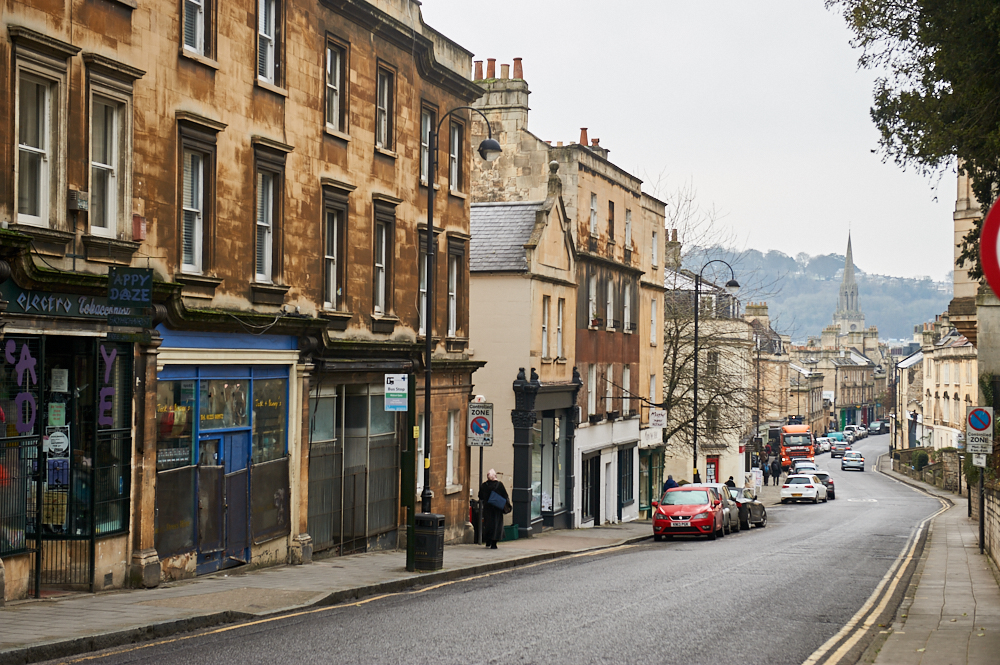
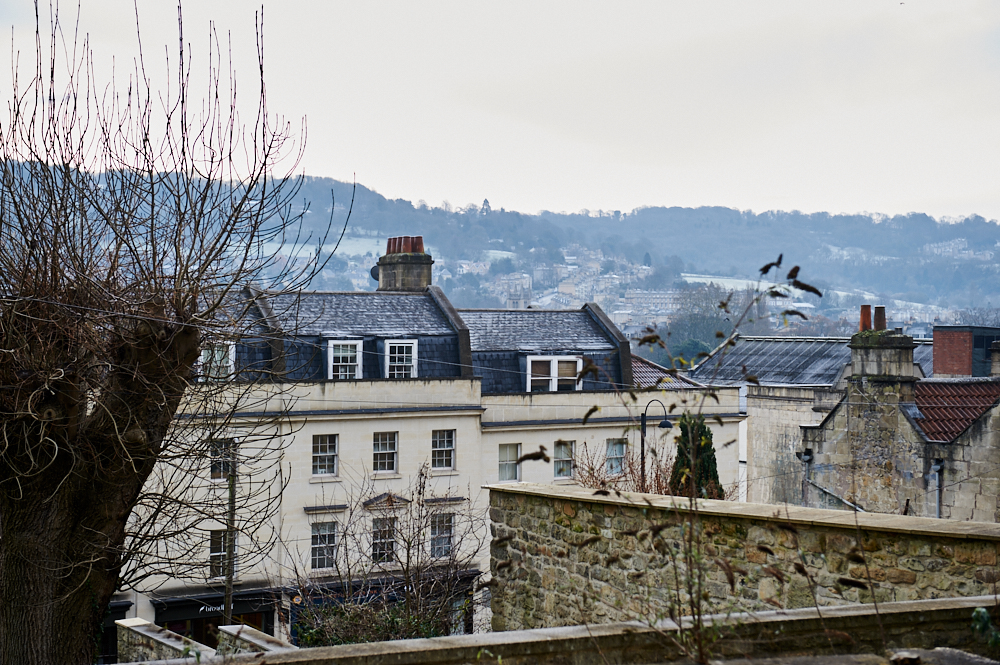
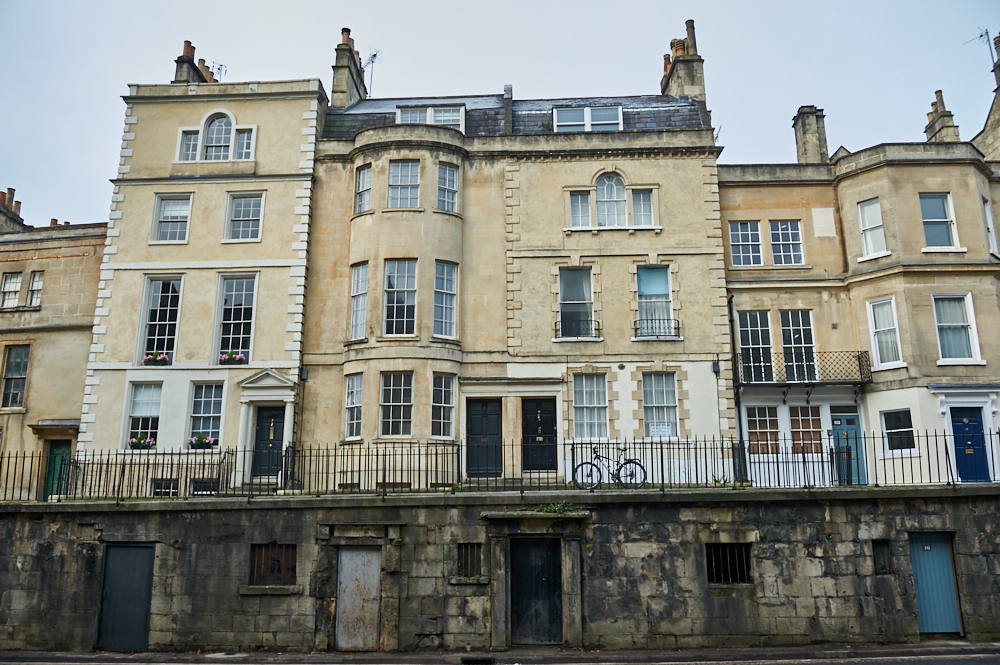
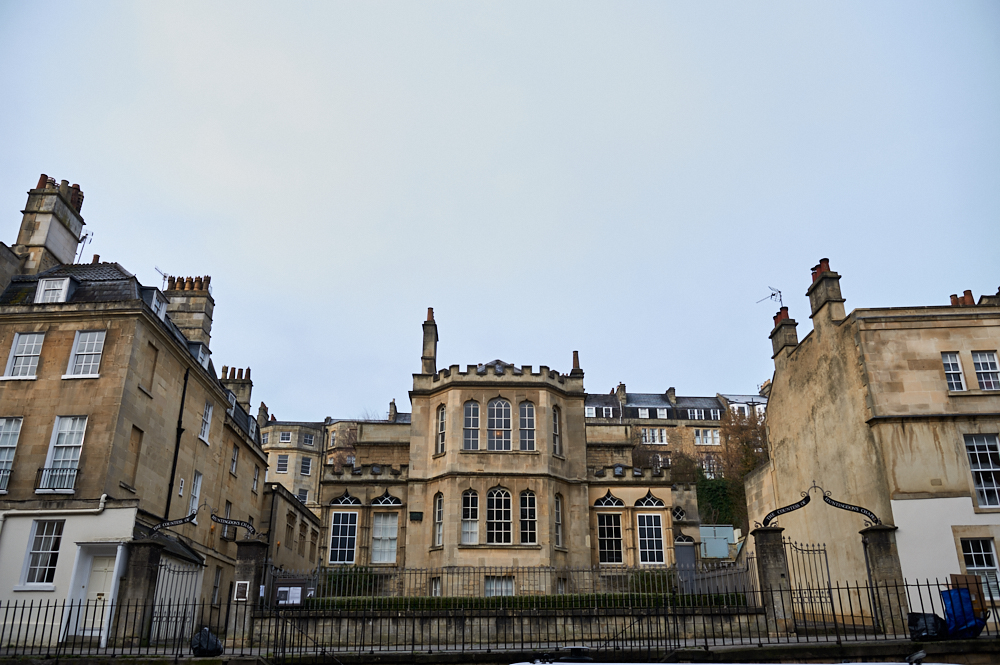
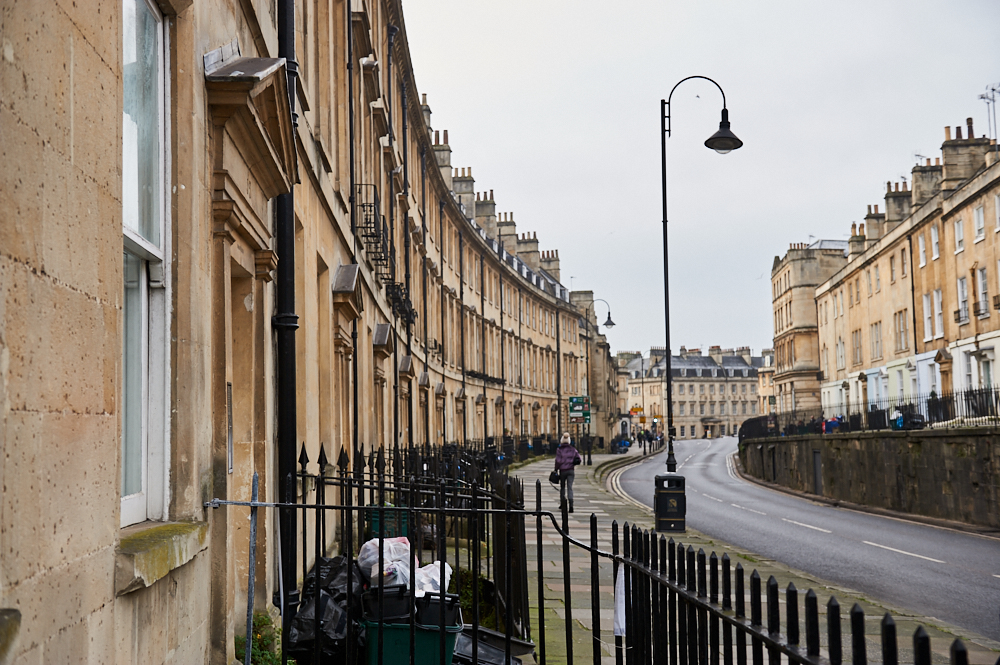
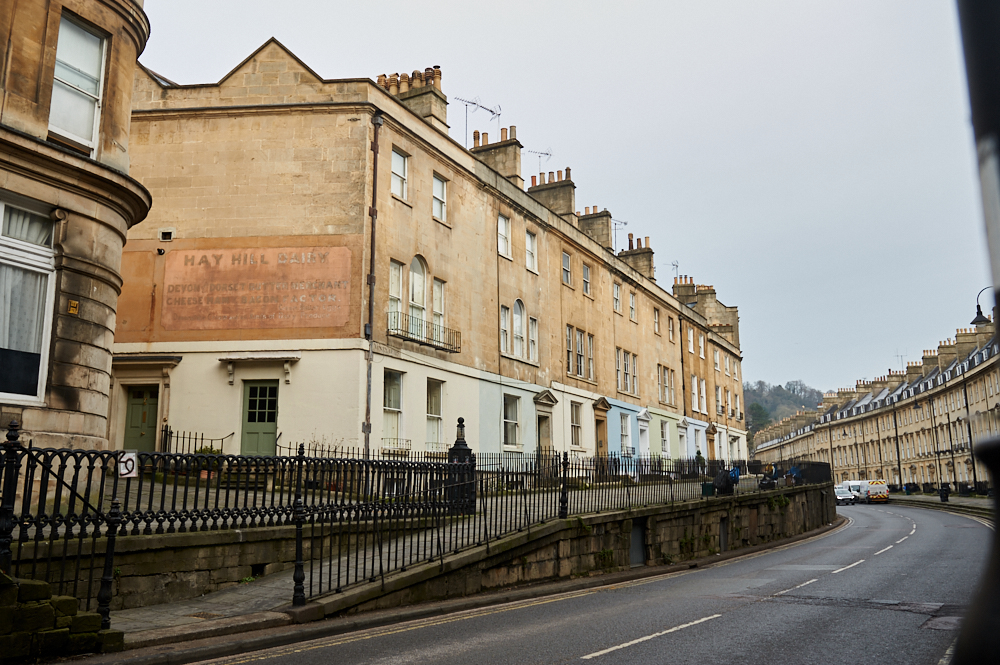
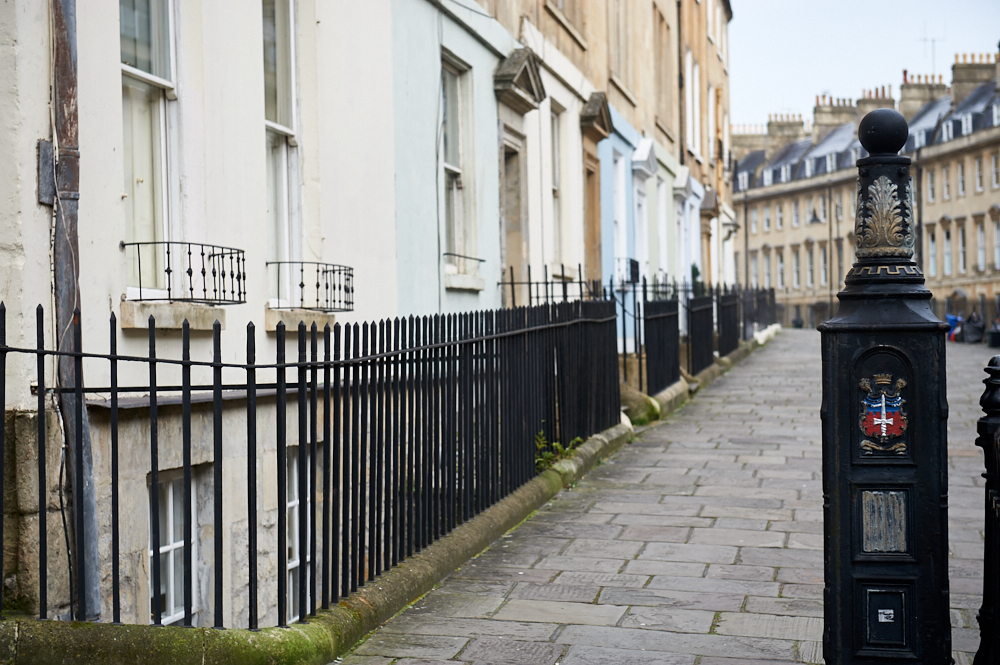
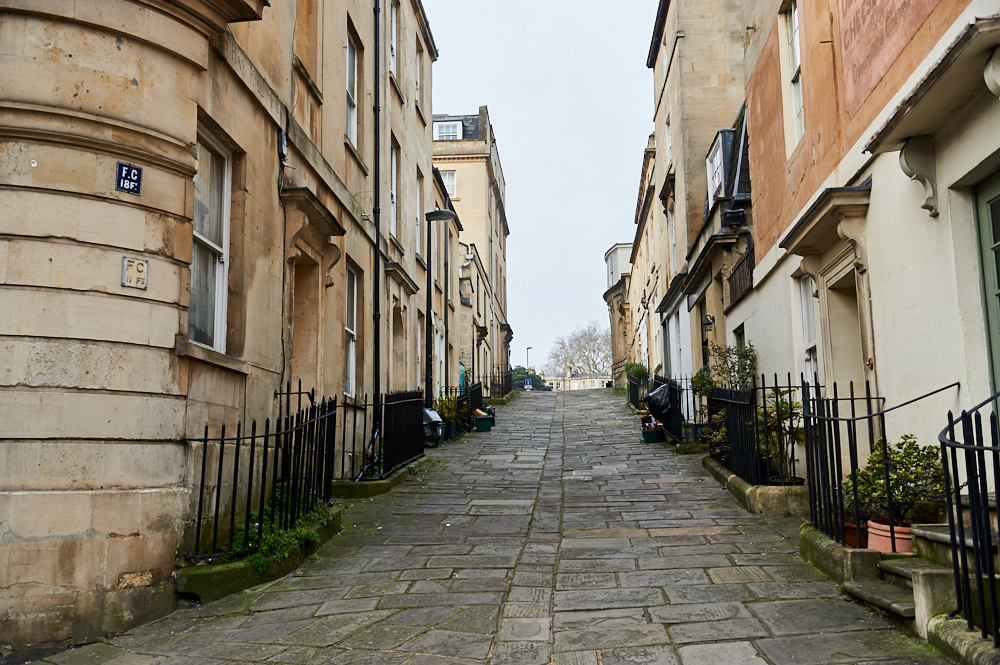

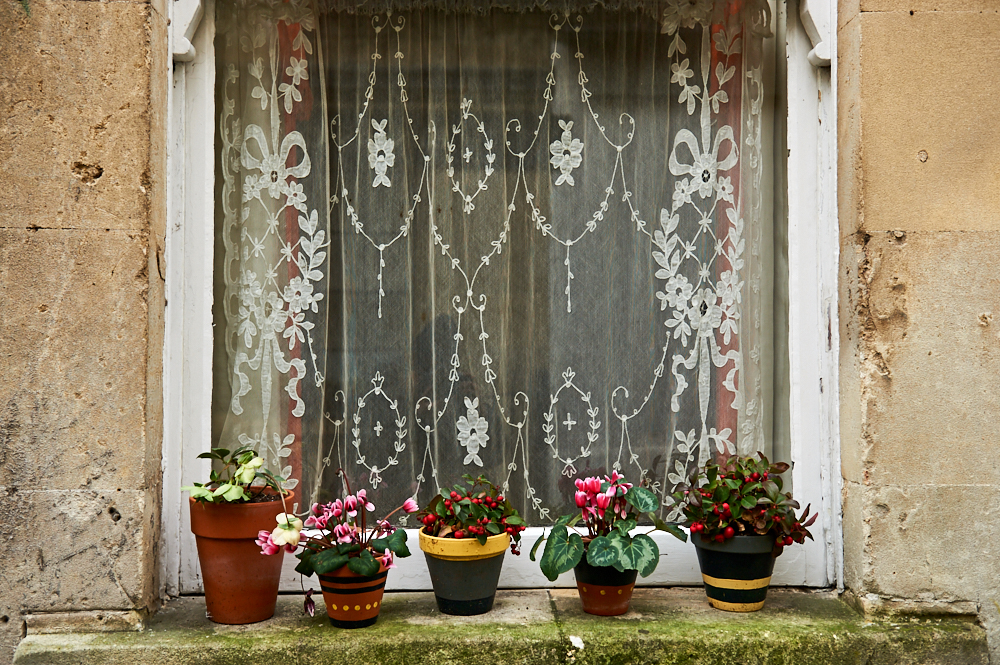
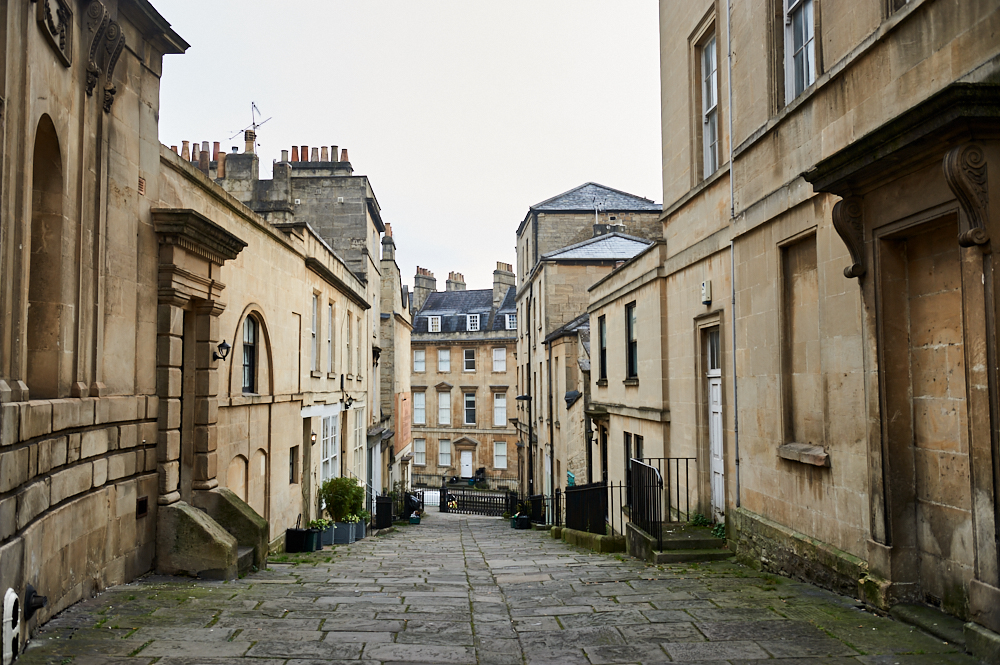
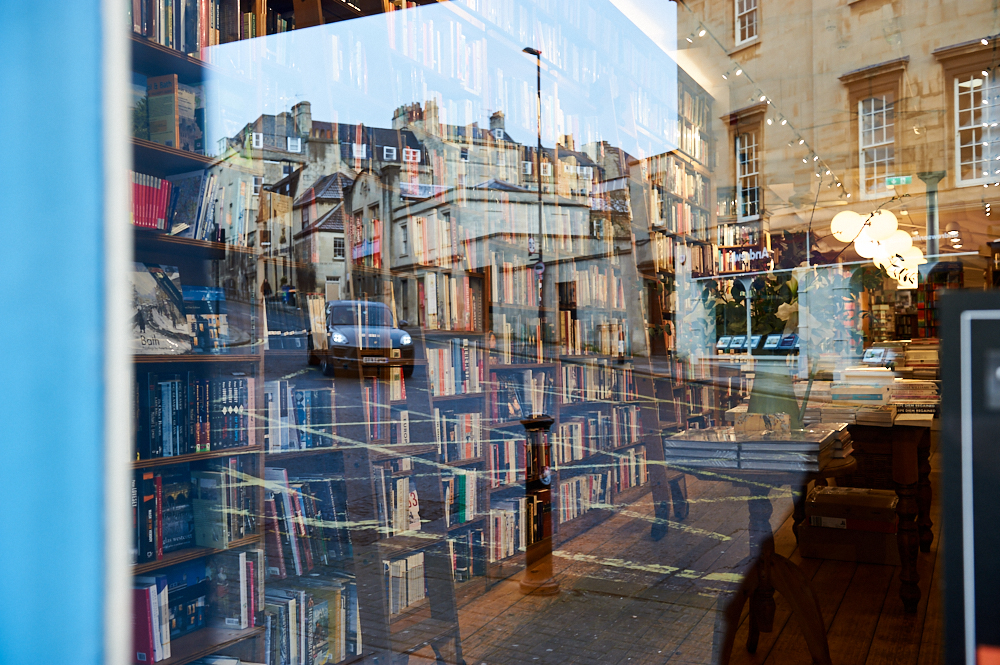
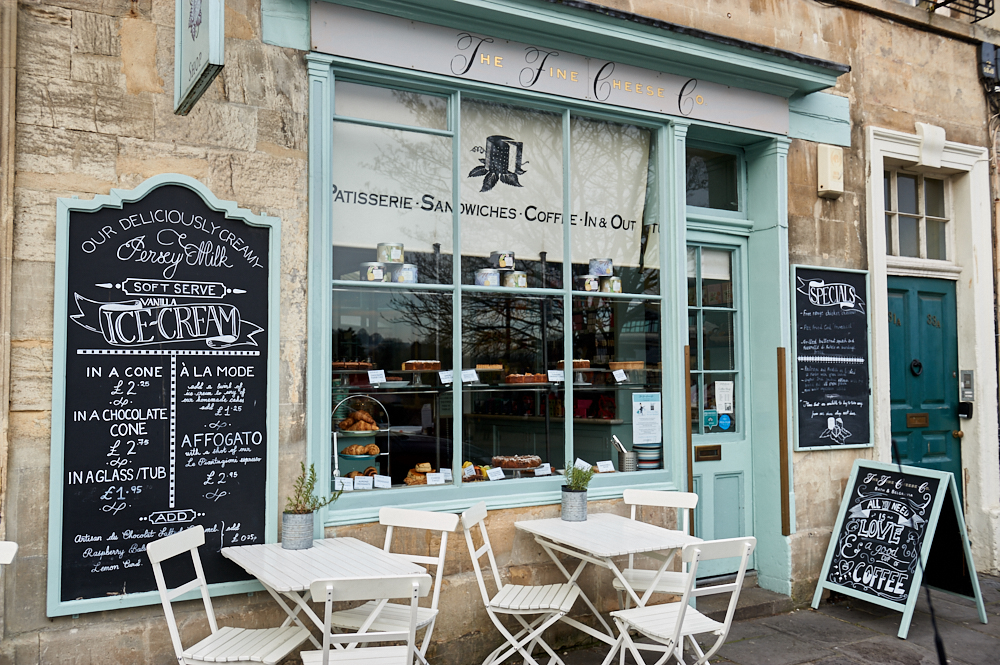
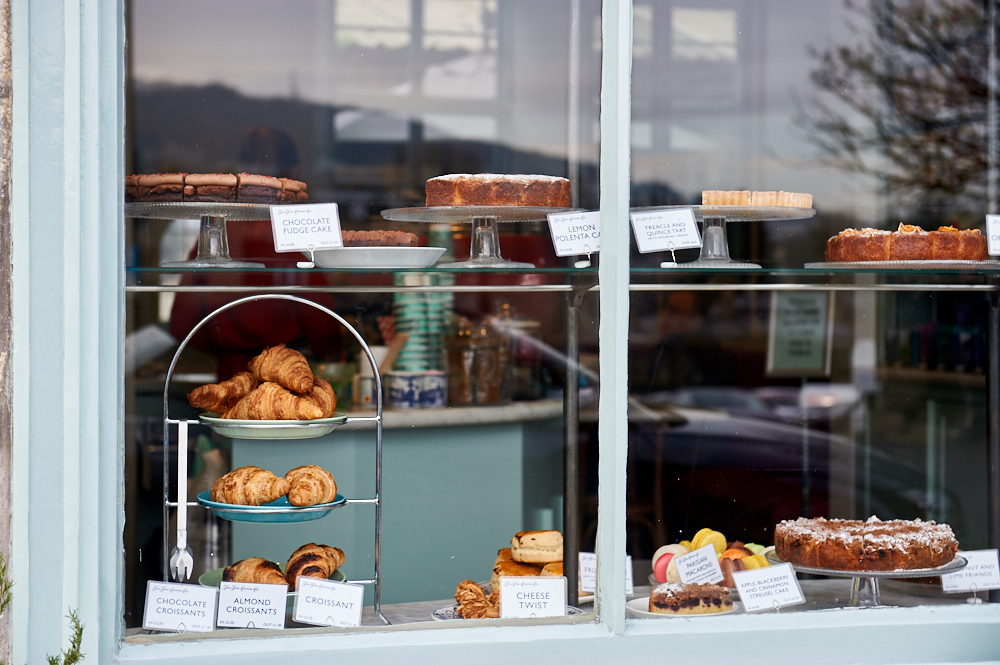
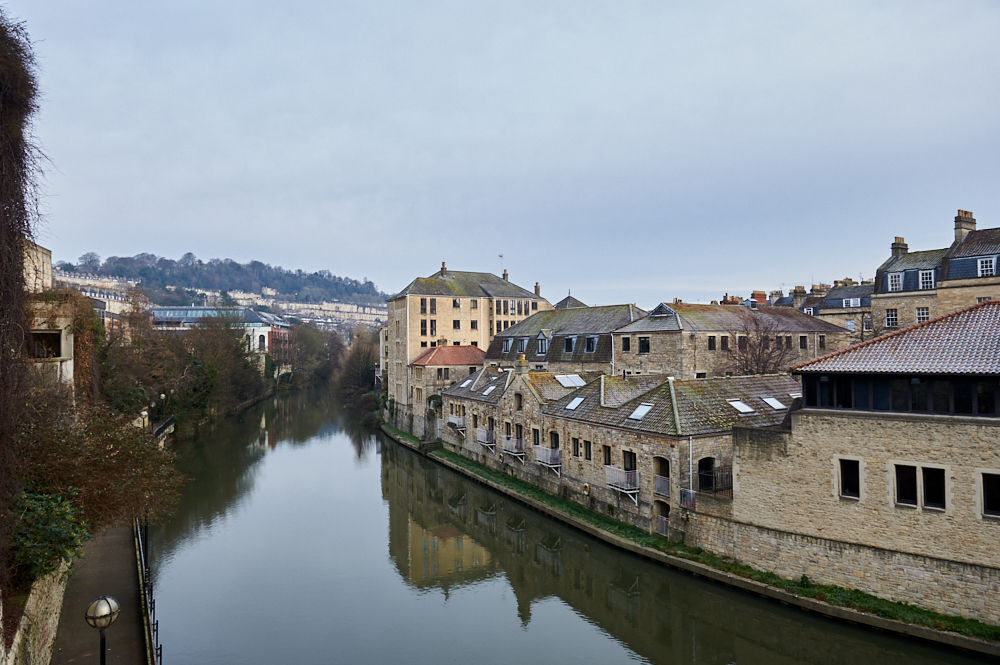

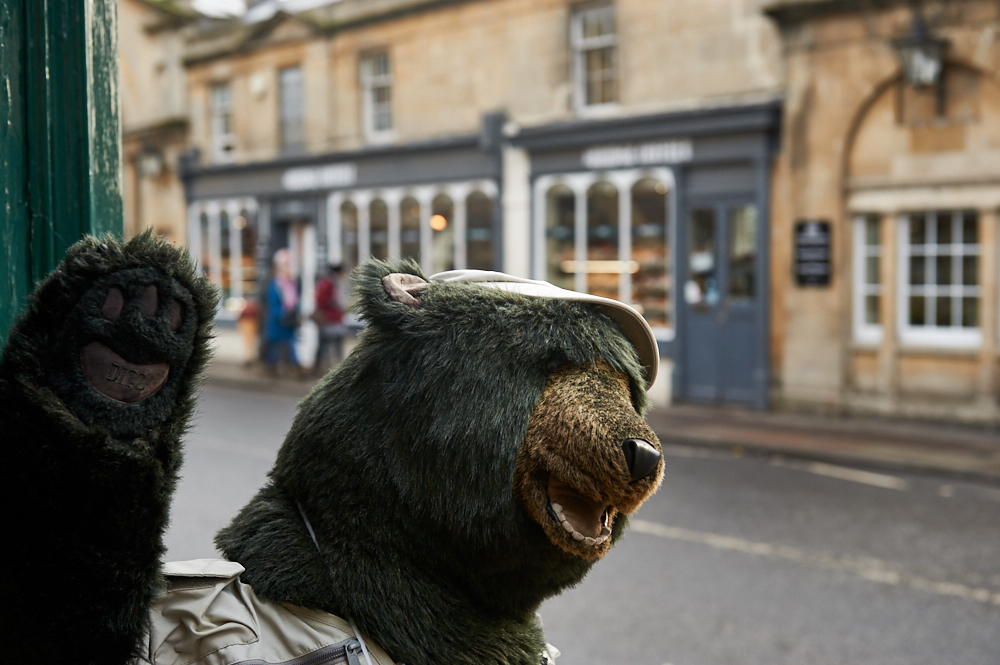

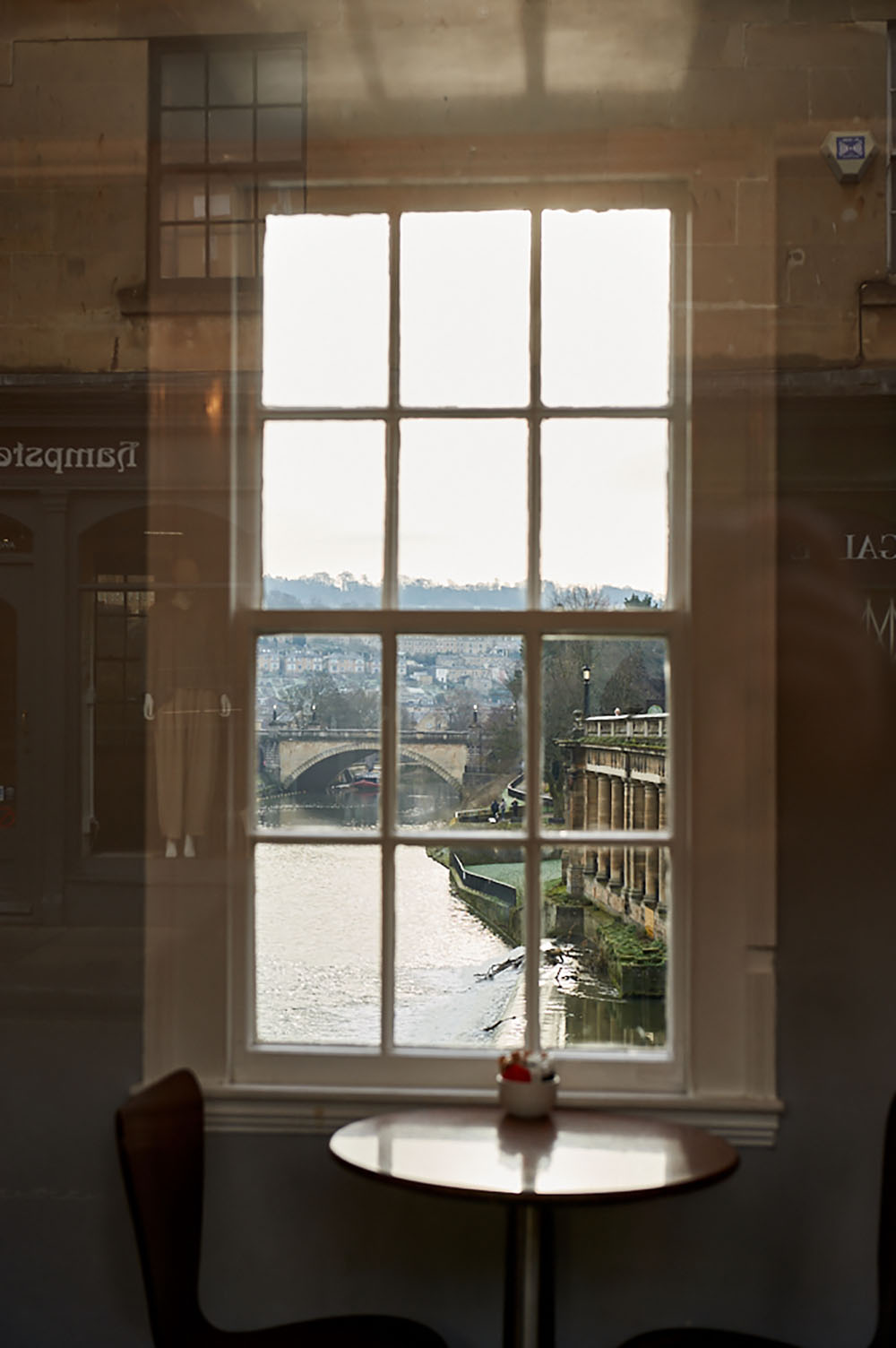
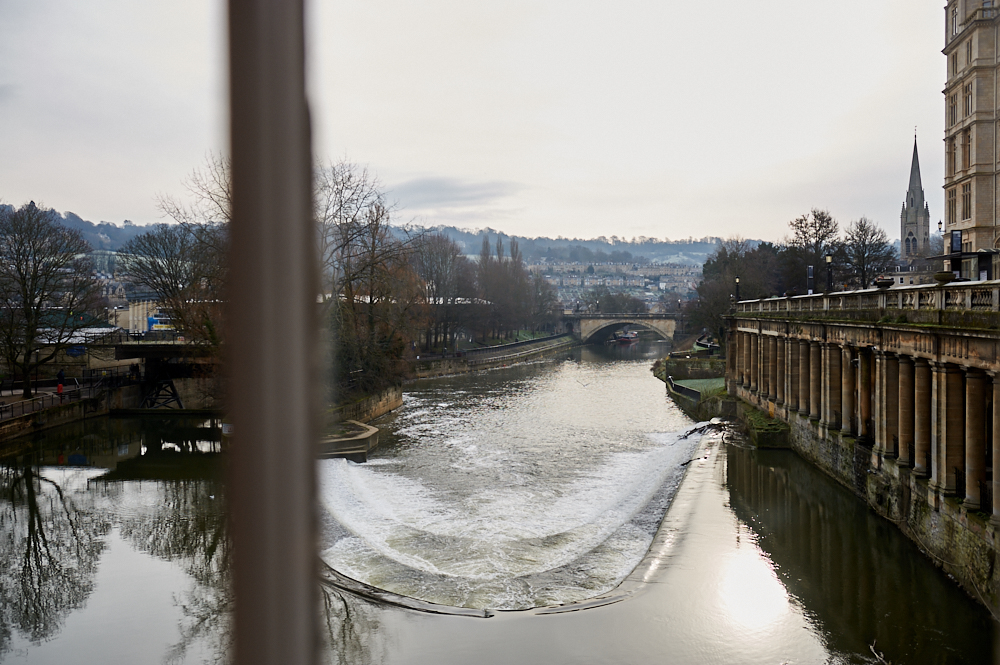
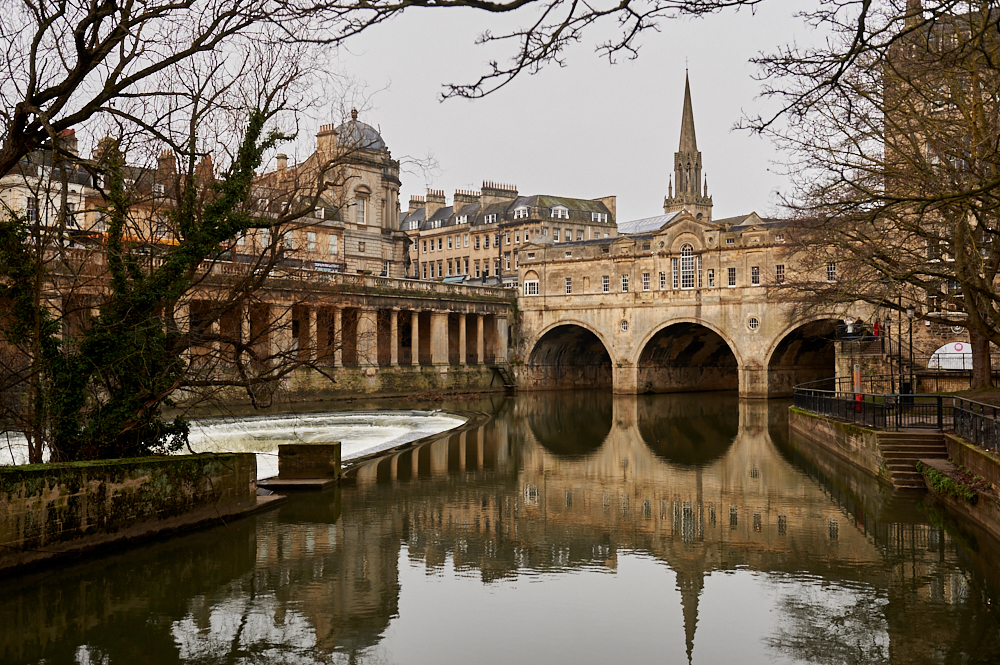
Leave a Reply